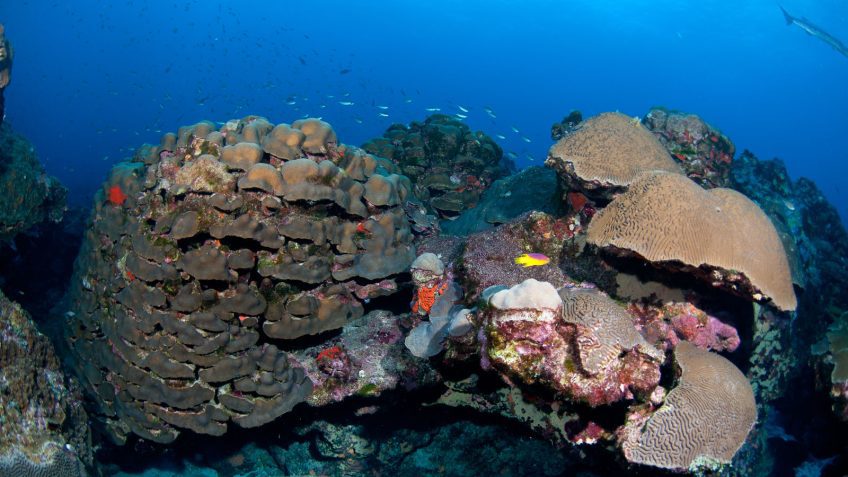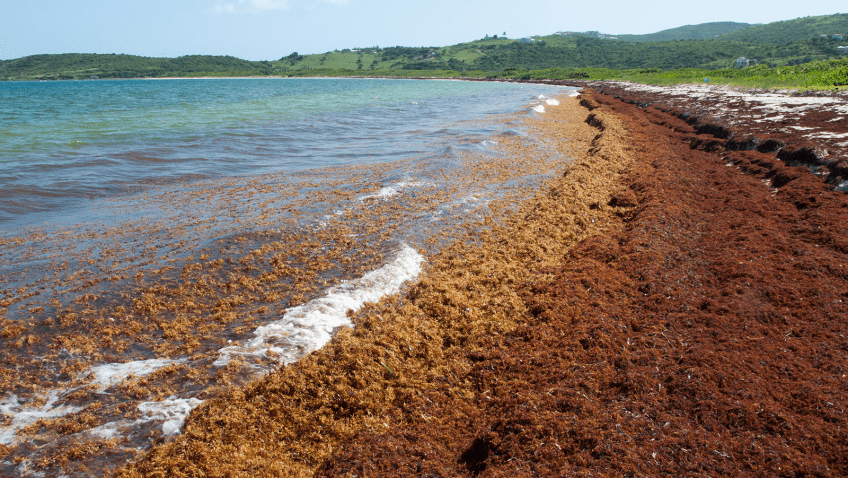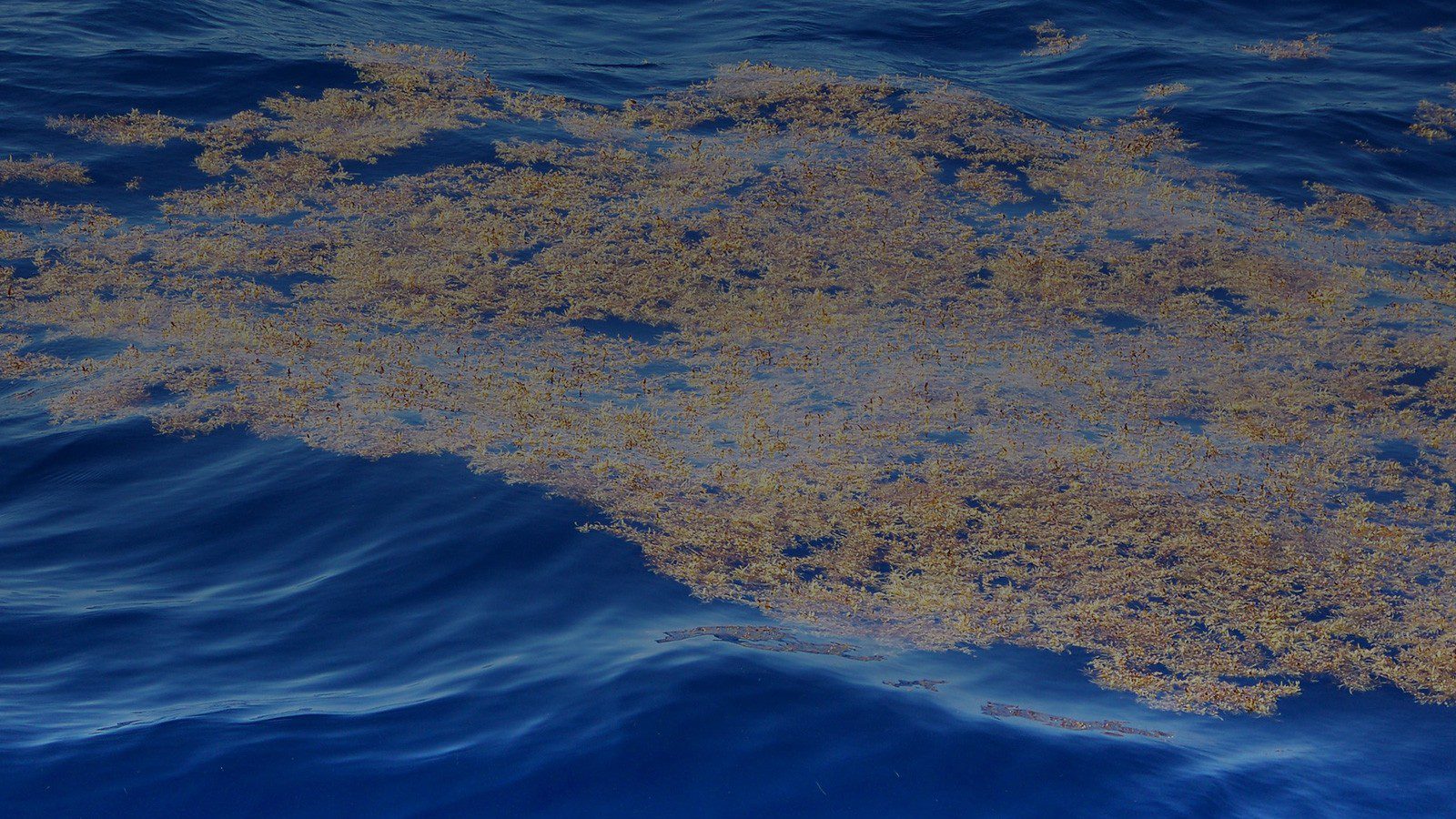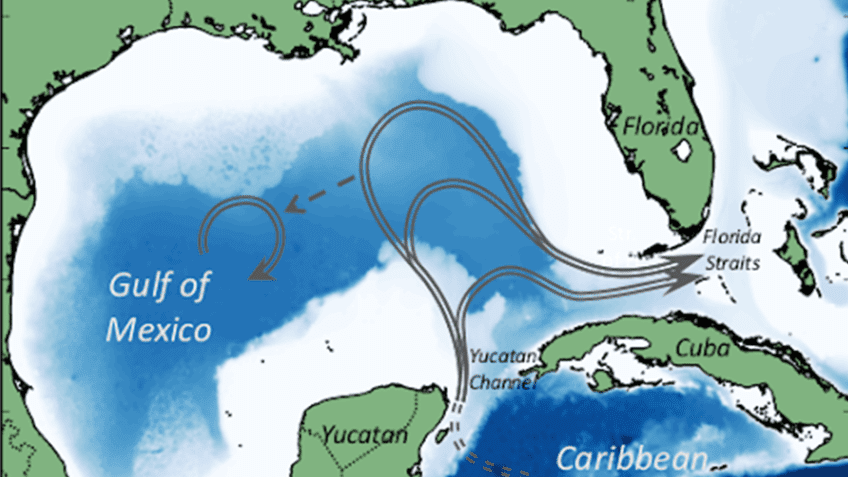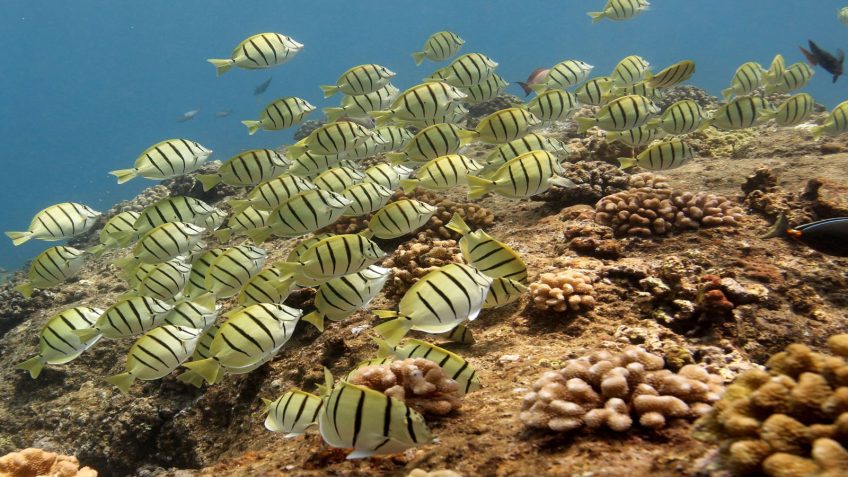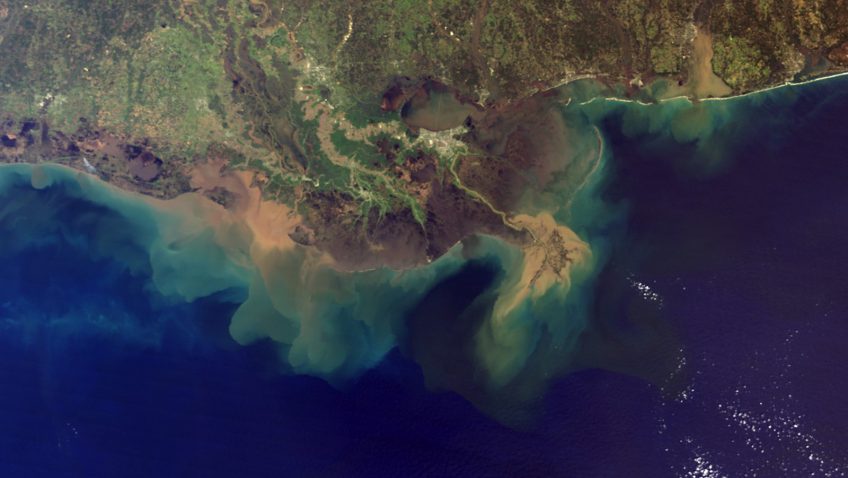New study suggests eddies may influence coral resilience as ocean temperatures rise
A new study spanning two decades of research may indicate a series of reefs from the surface to 150 meters deep in the Gulf of Mexico are more resilient to warmer oceans as they are exposed to a wider range of temperatures brought on by a physical movement of seawater called “eddies.”
